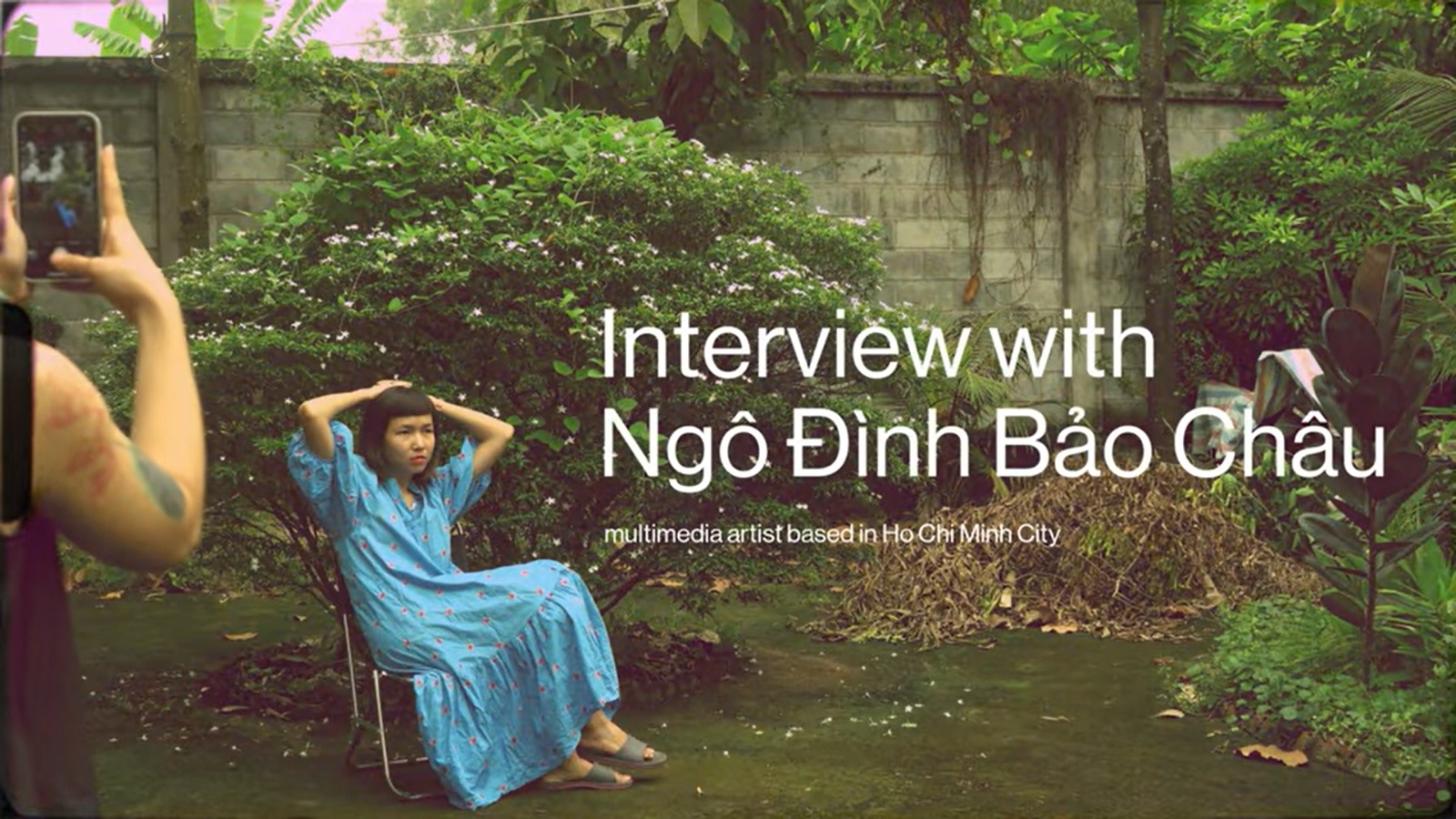In
Linh Le (LL): Have you ever been censored before?
Ngo Dinh Bao Chau (NDBC): I was censored before, when I exhibited my work.
LL: Could you tell me more about those challenges?
NDBC: They were indirect challenges. I did not work directly with any agency that had the authority to censor, I was only informed [about it] by the exhibition organisers.
LL: What do you think could be the reasons for censoring your work?
NDBC: At times, the information wasn’t communicated to me clearly. Now sitting here, I guess that those artworks may have had one of the elements that are on the “sensitive” list, which the censors deem inappropriate for public display. They decided not to give the licence to show those works in the exhibition.
LL: How did you feel about it?
NDBC: I didn’t feel too upset or anything serious, since my experience of censorship took place within a big group exhibitions that had many different activities. I was just a part of the show, so if my works did not get a licence, I’d take them down and put them back in storage, to avoid affecting the entirety of the event. I felt normal.
LL: What is censorship to you?
NDBC: In my opinion, censorship on a personal level is a denial, or refusal to acknowledge [certain ideas]. For the authorities, it is a list of sensitive things from which they decide what is and is not suitable for public display. However, the list is not based on any clear mechanism.
LL: Do you think censorship is necessary?
NDBC: Personally, I think censorship is necessary. If it were not needed, it would not have been practiced everywhere, even within ourselves, in small communities, or in governmental and authoritative institutions. I think there is a need for it, so people created censorship. However, for further development [of the arts scene], there should be some clarity. It should have clearer and more transparent regulations. It should not depend on the censor’s emotions or subjectivity.


